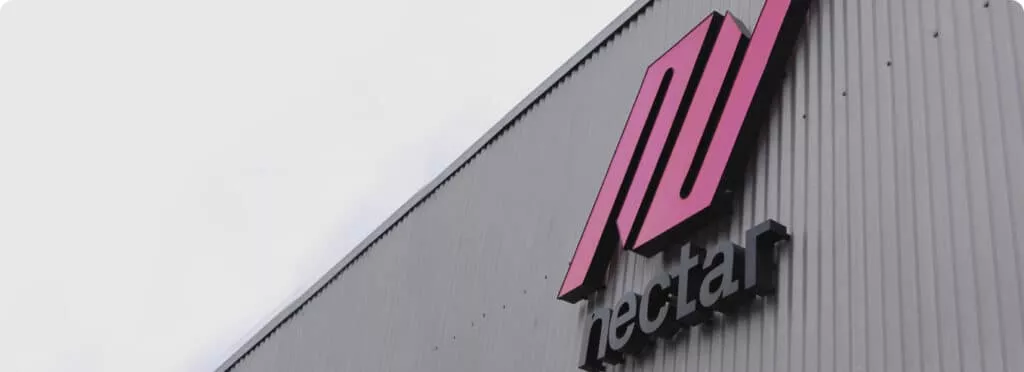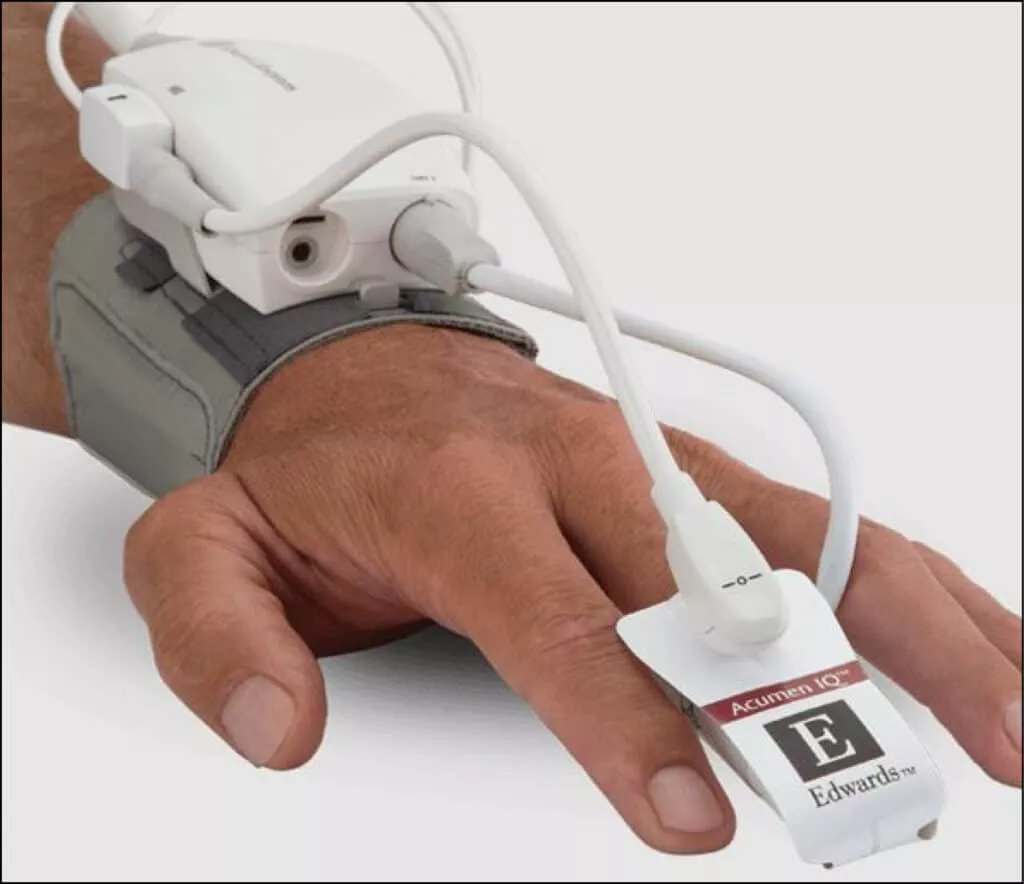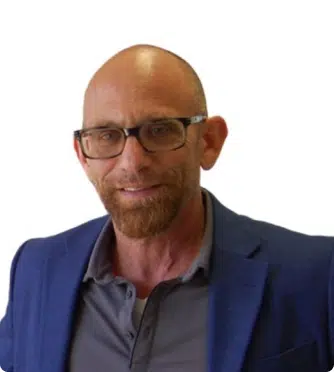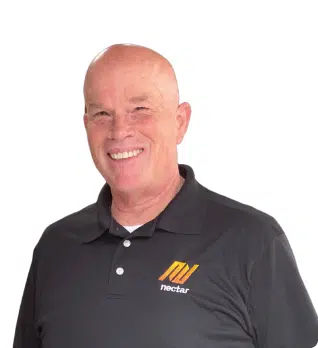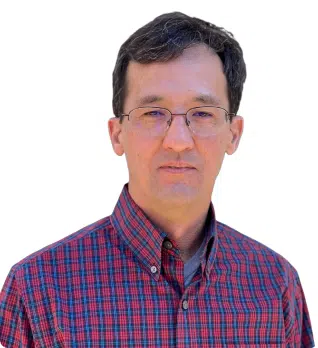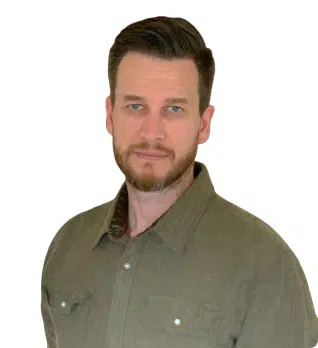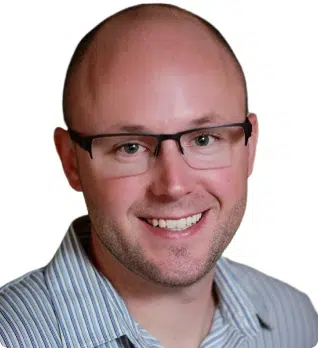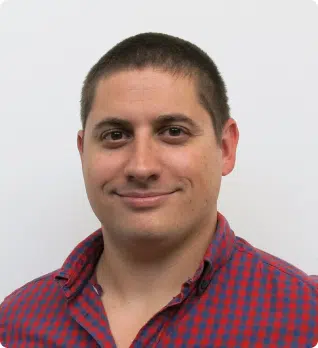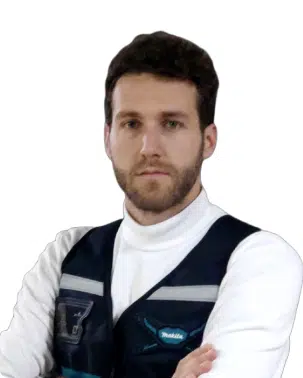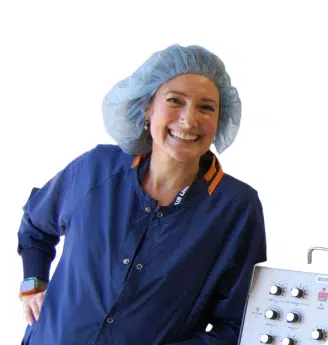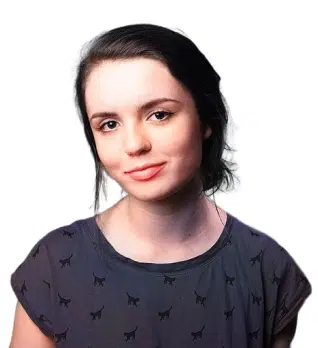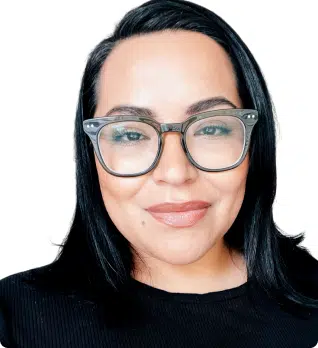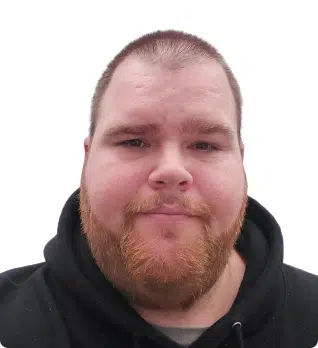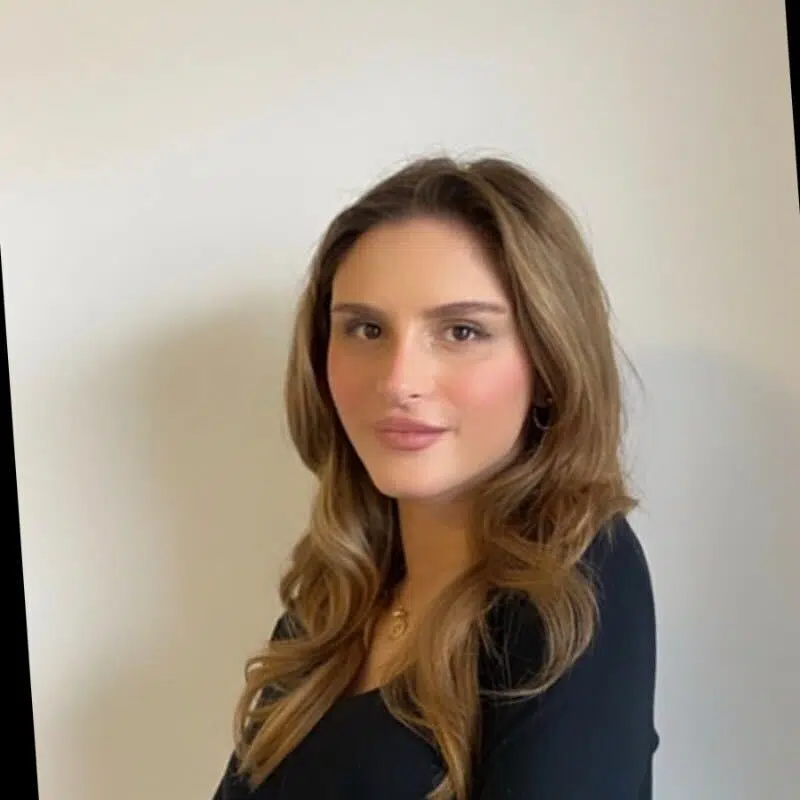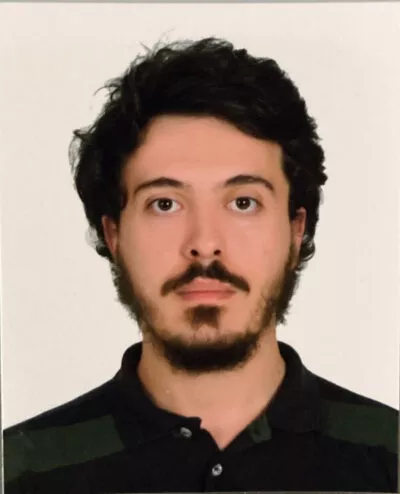Nectar and ALine share industry lessons and tips on their journey in developing life-changing medical devices and products from ideation to commercial release.
Creating a product within the life science or diagnostic markets is a powerful aspiration for many organizations. After all, this segment of the market is constantly looking for innovation. However, taking a novel technology from the lab and turning it into a viable product that you can make available on the market isn’t easy. From communicating the vision, addressing the technological hurdles, and even building out the best user interface — there are many key components at stake!
From the Lab to the Marketplace
As you’ve likely already experienced, there is a huge difference between doing research and creating a product. When you do research, you’re discovering new things, and likely pursuing the publication of scientific results. Creating a product, on the other hand, is about turning those results into a low risk, reliable, easy to manufacture product.
That’s a tall order!
Moving from a focus on lab-related processes to a focus on commercial production is a major shift. However, the implications of the change you can effect in this world by doing so are also high; the potential impact makes the risk compelling.
You may have questions like:
- What does it actually take to make a product?
- How do I affordably source and create a product that will actually work outside the lab?
- Who is your customer? Are you developing the right product?
- Will the product be required to meet regulatory standards?
- How do I create a product my customers will enjoy using?
- What do I not know now that’s going to create issues for me once I get started?
In addition, you need to consider how your novel technology will be differentiated from what is currently available in the marketplace, and consider what future generations of your product will be once you gain traction. Another major factor to consider is whether the product is going to require regulatory approval. Design requirements, user requirements, and potential failure modes and risks must all be engineered out of the product as you move towards the development, production, and eventual marketing of your product..
Sourcing, manufacturing, developing, producing, and certifying novel products from a concept is extremely difficult on your own. It is a multi-disciplinary effort that would require assembling a large number of different experts.That’s why powerful partnerships with industry experts are such an asset in the move from research to commercialization. This is an opportunity to think about how to translate science into engineered products that meet your business objectives.
Risk Control & Roadmaps Lead to Viable Products
You’ve been in the lab. You’ve done the work. You understand why your product is capable of changing lives and making a difference.
Now, you’re ready to turn your vision into a reality.
One of the most thrilling elements of developing a novel product is the sensation of seeing it move from living within a research environment, to being a commercially viable product that is able to perform as intended.
Knowing that you’ve enabled someone at home, or in the real world, to be able to actually use and implement your novel technology is empowering and motivating — which is why we often have repeat clients who continue to develop new, commercial products! If you’ve never taken a product from a lab setting to the real world, you’re going to be amazed at what it means to know that your work is now capable of making a global, tangible difference.
One major area of concern that many of our clients worry about is the ability of their product to stand up to normal, human use. Within a lab environment, there are natural protocols and ways of testing and measuring that allow for a controlled outcome. Within the real world, however, people will try to use your product in ways you never considered, and in locations and conditions that don’t reflect a lab environment.
As a researcher, you’ve worked hard to figure out how this product will work. Now that you’re ready to productize it, however, you have to think from a non-technical perspective and consider every possible way that it will not work as intended. Then, a good design team will help you proactively design out all the issues that would create problems in the marketplace, while keeping and enhancing all the elements that are delivering on the end goal.
Eliminating technical risks that lead to failures or incorrect or inaccurate results is at the heart of the regulatory function in product development. Making sure your product meets or exceeds regulatory requirements, even if you don’t need regulatory compliance, is one way to ensure long-term success of your product in the marketplace. A key part of the planning for a product development effort is to create a risk-control table. This provides a framework for creating a detailed development roadmap that will systematically eliminate risks and build quality into the product.
Using this roadmap, you’ll understand what needs to be tested, what needs to be verified, and what needs to be eliminated to create the best possible product, which is what allows you to move into the marketplace with the utmost confidence in what you’re offering.
Producing something that is user-friendly is often harder than imagined, and more rewarding than expected.
If you’re currently holding a vision for what could be, while also feeling overwhelmed about how to get there, we’d love to share some of our best tips from turning your novel technology into a commercial product.
Read on for some of the most valuable tips from Nectar and ALine in creating a product for the Life Science or Diagnostic markets.
1 – Get people excited about your vision.
Before sharing with your investors what your product does, and how you envision it being made, you need to be able to explain the ‘why’ behind your product.
- What has compelled you to embark on this journey to create this product?
- Why are you willing to sacrifice your own time and energy for this product?
To help tell the story of your vision, we recommend having a design or prototype mockup that will engage potential investors and enable them to ‘see’ your vision. This could involve some early discovery of the human factors for the product that could set you apart from otherwise equivalent products.
2 – Keep regulatory compliance in mind from day one.
Regulatory requirements are ultimately about demonstrating that your product does what you said it will do, and doesn’t harm anyone inadvertently. We have to identify not just user requirements, but also the human factors that describe how someone will interface with the product.
We need to eliminate un-intended use while making the product attractive so that people want to use it. In addition, the product must perform technically by meeting required performance goals so that it provides meaningful and reliable results.
3 – Work with a development team that can guide you from your concept, to a design, through to manufacturing.
This is the power of collaboration. IVD and Life Science products are complex, and require interdisciplinary teams and trusted partners who are seasoned experts in product development. There is no reason to solve problems that experienced experts have already solved. As a scientist, founder or a product engineer, your goal is to only have to solve any new problems that are associated with your specific product.
4 – Build a roadmap for the product and its commercialization.
Experienced developers guide you in creating the roadmap for successful commercialization.
An experienced development partner will ensure the required design inputs and outputs are created, risk associated with them identified, and the process of eliminating those risks demonstrated in a structured, milestone driven approach.
Key milestones also must mesh with key business deliverables on cost and timelines to achieve market viability.
5 – Have programmatic milestones address key technical hurdles.
Make sure the milestones forward your vision and keep investors engaged. Every step of the way has to be thoughtfully laid out in a plan.
Thoughtful planning is often neglected in product development and can lead to costly delays and re-work that could lead to disengagement by the team, your champions or your investors. Milestones are significant achievements, or way points in climbing the mountain to product success. Planning is like creating your training plan to achieve successive fitness goals that will allow you to climb a challenging mountain and not become a casualty to poor preparation. Brainstorm all the ways things could not go as you expect, and have contingencies to solve for the unexpected.
6 – Consider the user interface (UI) and the user experience (UX): Your customer wants to feel good and have confidence when using your product.
Create a product that engages the user to feel good about having seemingly easy access to the complex science embedded in your product. This is one of the most important elements in product development, as UI/UX determines if people will buy your product over another product that provides nearly equivalent results.
You don’t want a product that your customers differentiate from the competition based only on cost. You can achieve that with a powerful, easy-to-use user interface.
Impact Awaits: The Marketplace Needs Your Product
Moving from the lab to the marketplace is both stressful and exciting. It’s easy to feel overwhelmed when entering into a sector you’re unfamiliar with, but the rewards of turning your research into a tangible product that creates a positive impact in the world is well worth your effort.
ALine and Nectar believe that the marketplace needs more Life Science or Diagnostic products to emerge from the research lab and become viable products capable of impacting lives, and improving health, ushering in a better future. That’s why we’re committed to working with scientists and researchers to bring powerful, innovative concepts to the marketplace.
We would love nothing more than to be part of taking your innovative technology and turning it into user-centered products that make our world better. If you’re ready to see your technology usefully applied by real people outside the lab, then we’re ready to work with you.
